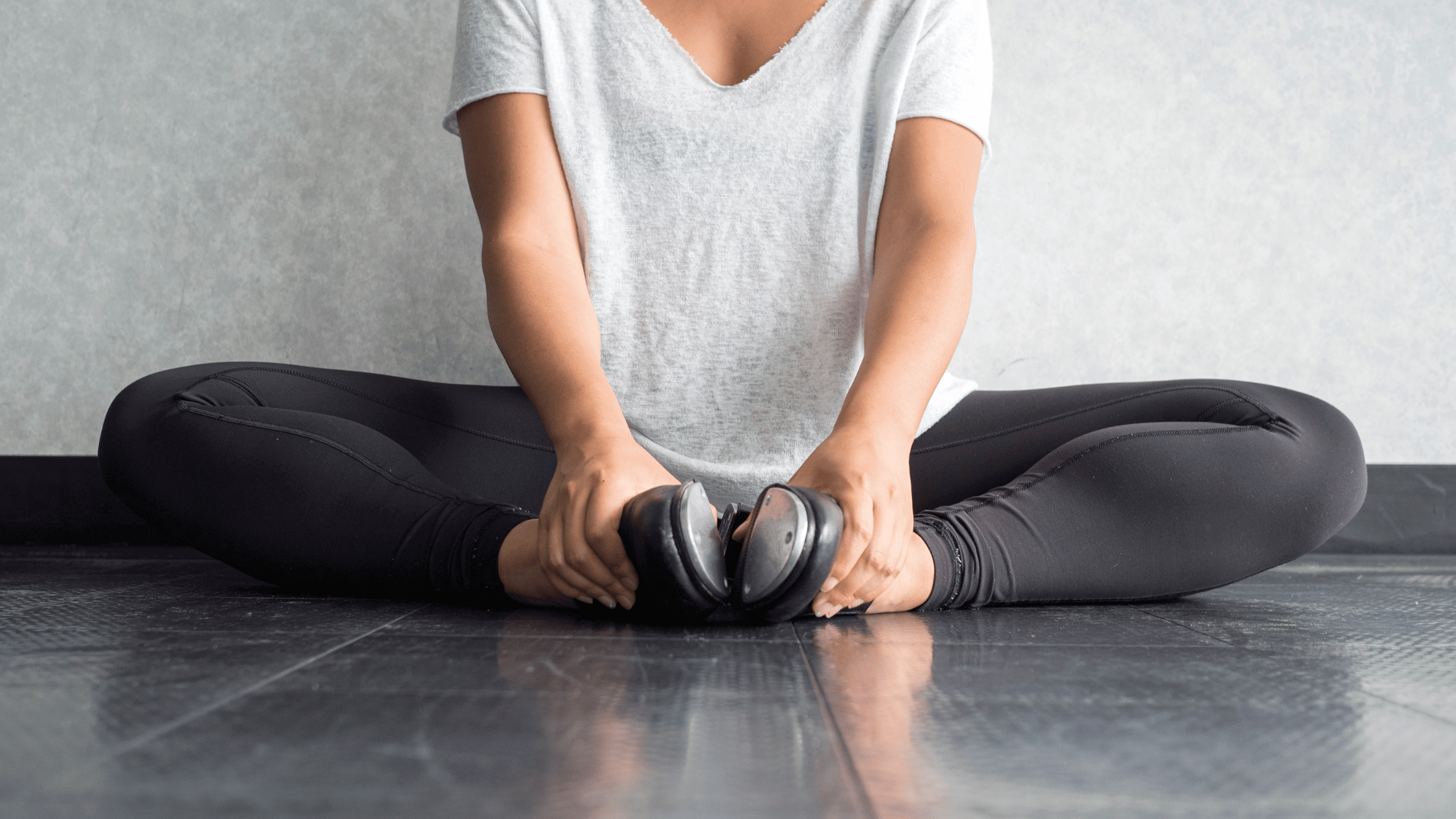The Balanced Plate: Essential Nutrition Tips for Dancers

Licensed Physical Therapist, PT, DPT // EW Motion Therapy Trussville
Dancing is not just an art; it's a highly physical activity that demands a lot from the body. To maintain peak performance and ensure that every pirouette and plié is as graceful as the last, dancers must pay careful attention to their nutrition. Our dance specialists at EW Motion Therapy can evaluate your movement and give tips on staying strong and improving your performance. Even if you decide not to do physical therapy with us, you can still review this comprehensive guide as we explore the best energy sources, hydration strategies, and diet dos and don'ts tailored to the dancer's lifestyle.
Fueling performance: optimal energy sources for dancers
Complex carbohydrates: the dancer's powerhouse
Carbohydrates are the primary fuel for dancers, but not all carbs are created equal. Complex carbohydrates in whole grains, fruits, and vegetables provide a steady release of energy, essential for enduring rehearsals and performances, without the crash associated with simple sugars. Rich in fiber, they also aid digestion and keep hunger at bay.
- Start your day with oatmeal or whole-grain toast.
- Pack snacks like bananas or a mix of berries for quick energy boosts.
Protein: building and repairing muscle
A dancer's muscles are their most valuable asset. Adequate protein intake supports muscle repair and growth, ensuring the body can handle dance demands.
- Facilitates muscle recovery post-performance.
- Helps in maintaining lean muscle mass.
- Try lean meats, fish, and poultry for direct protein.
- Plant-based options like lentils, chickpeas, and quinoa for those preferring a vegetarian route.
Healthy fats: supporting endurance
Fats have often been misunderstood. However, healthy fats are vital for long-lasting energy, supporting cells, and helping absorb essential vitamins.
- Include sources like avocados, nuts, and olive oil in your diet.
- Aim for a balance, as too much fat can slow digestion and performance.
Staying hydrated: restore fluids and promote elasticity
Hydration is crucial for dancers. Water regulates body temperature, lubricates joints, and helps transport nutrients for energy.
- Drink water throughout the day, not just when thirsty.
- For intense sessions, consider beverages with electrolytes to replenish lost minerals.
During rigorous routines, dancers lose electrolytes through sweat. An electrolyte imbalance can lead to muscle cramps and fatigue.
- Include a small amount of natural, electrolyte-rich drinks like coconut water.
- Be wary of sugary sports drinks; they may provide quick energy but can lead to crashes.
Dieting do's and don'ts for dancers
Do: listen to your body
Every dancer's body has unique nutritional needs. Paying attention to how your body reacts to different foods and diets is vital. Adjust your diet based on your rehearsal schedule and performance demands. Recognize the signs of hunger and fullness to avoid under or overeating.
Don't: fall for fad diets
Quick-fix diets can be appealing but often lack essential nutrients and can be unsustainable in the long run. Avoid diets that eliminate entire food groups or require severe calorie restriction and focus on balanced meals that provide a variety of nutrients.
Do: plan and prepare
Dancers have hectic schedules, and finding time to eat properly can be challenging. Meal prepping can ensure you have the proper foods when you need them. Dedicate a day to preparing and portioning meals for the week. You should also keep healthy snacks on hand to avoid reaching for less nutritious options when pressed for time.
Don't: ignore the importance of recovery meals
Post-performance or rehearsal, it’s vital to replenish your energy stores and aid muscle recovery with a balanced meal. Aim for a combination of carbs and protein within 30 minutes of activity. A smoothie with fruit, spinach, and a scoop of protein can be a perfect quick fix.
As a dancer, your body is your instrument. The right balance of carbohydrates, proteins, and fats and adequate hydration can elevate your performance and keep you dancing at your best. Remember, diets are not one-size-fits-all, and what works for one may not work for another. Listen to your body, stay hydrated, and fuel up with the right mix of nutrients to keep your energy levels consistent and your movements fluid. By embracing these nutrition best practices, dancers can ensure they're ready for the spotlight and the physical demands of it. Our dance specialists at EW Motion Therapy love helping dancers improve their performance and ensure their bodies can keep up with their sport’s needs. If you’re curious about how else physical therapy can help your dance career, click the button below to download our answers to 20 frequently asked questions.


